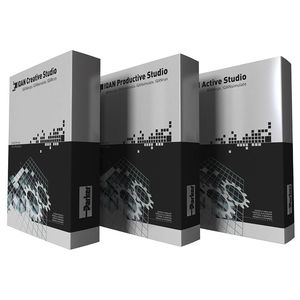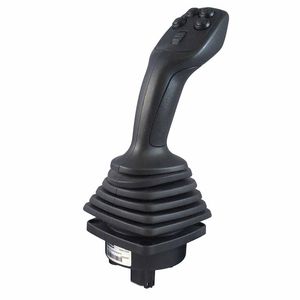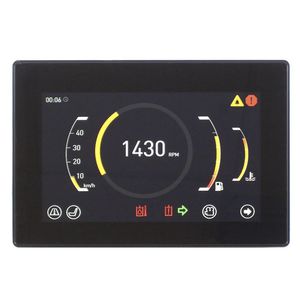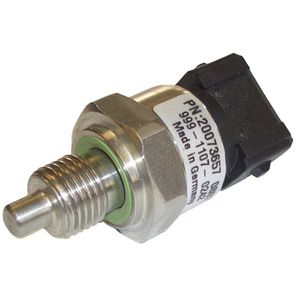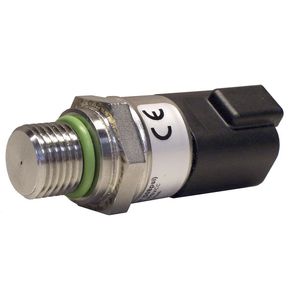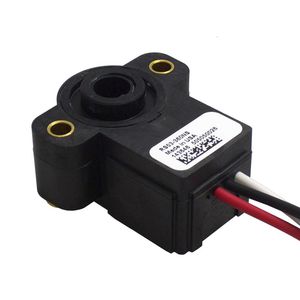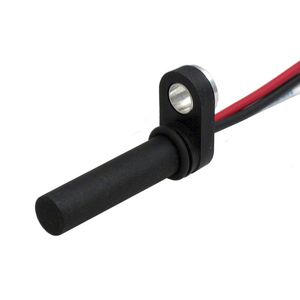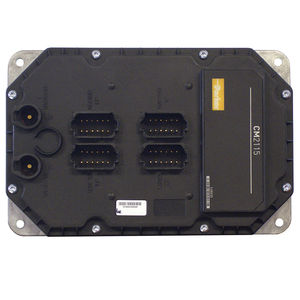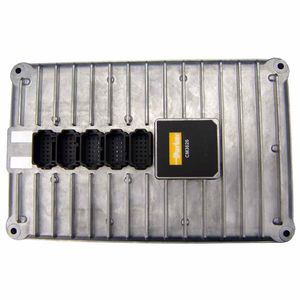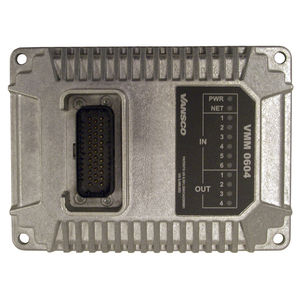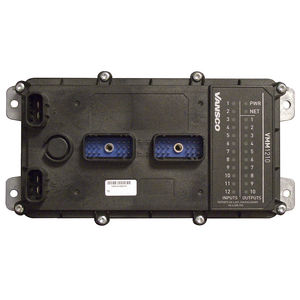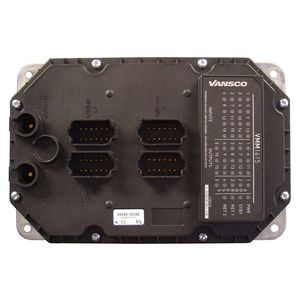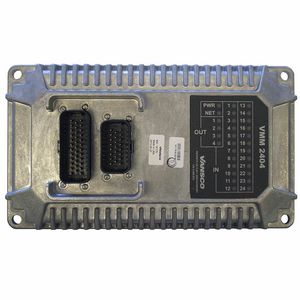
- Detection - Measurement
- Flow, Pressure and Level Measurements
- Relative pressure sensor
- Parker Electronic Controls Division
Relative pressure sensor IQAN-SP thin-filmthreadedstainless steel
Add to favorites
Compare this product
Characteristics
- Pressure type
- relative
- Technology
- thin-film
- Mounting
- threaded
- Material
- stainless steel
- Applications
- for agricultural applications
- Other characteristics
- low pressure
- Pressure range
Max.: 500 bar
(7,251.89 psi)Min.: 0 bar
(0 psi)- Process temperature
Max.: 125 °C
(257 °F)Min.: -40 °C
(-40 °F)
Description
Parker’s IQAN-SP is a range of pressure transducers for mobile hydraulic applications. The IQAN-SP has stainless steel construction for strength. Its sensor cells use thin film technology with no internal o-rings or fluid. The high pressure capability makes the sensor very robust and able to withstand vibration.
The transducers are available in two pressure ranges; 35 bar (500 psi) and 500 bar (7250 psi). The signal range is ideal for mobile equipment, being 0.5 - 4.5 VDC over the full scale of the sensor.
The IQAN-SP comes in 2 mounting configurations:
• G1/4 BSPP threaded interface with integral AMP/Tyco (Bosch Jetronic) connector
• 9/16-18 UNF (6 SAE) threaded interface with Deutsch DT connector attached to a short cable
This makes the IQAN-SP perfect for construction and other mobile applications anywhere in the world.
Markets:
• Construction equipment
• Forestry equipment
• Material handling equipment
• Mining
Features/Benefits:
• Stainless steel body for strength.
• 2 pressure ranges for monitoring high or low pressure functions.
• Different mounting options support use in any region.
• Output signal tailored to mobile equipment.
Applications:
• Refuse trucks
• Crop sprayers
• Fork lifts and telehandlers
• Feller bunchers and forwarders
• Rock drills
Other Parker Electronic Controls Division products
Motors, Drives and Controllers
Related Searches
- Pressure probe
- Analog pressure probe
- Membrane pressure sensor
- Relative pressure probe
- Stainless steel pressure probe
- Threaded pressure probe
- Sensitive element pressure sensor
- Waterproof pressure sensor
- Compact pressure probe
- DC pressure sensor
- IP65 pressure sensor
- Vacuum pressure sensor
- Pressure sensor with display
- Low pressure pressure sensor
- 5 VDC pressure sensor
- Capacitive pressure sensor
- Thin-film pressure sensor
- Pressure sensor with LED display
- Pressure sensor for agricultural applications
- Electromagnetic pressure sensor
*Prices are pre-tax. They exclude delivery charges and customs duties and do not include additional charges for installation or activation options. Prices are indicative only and may vary by country, with changes to the cost of raw materials and exchange rates.






